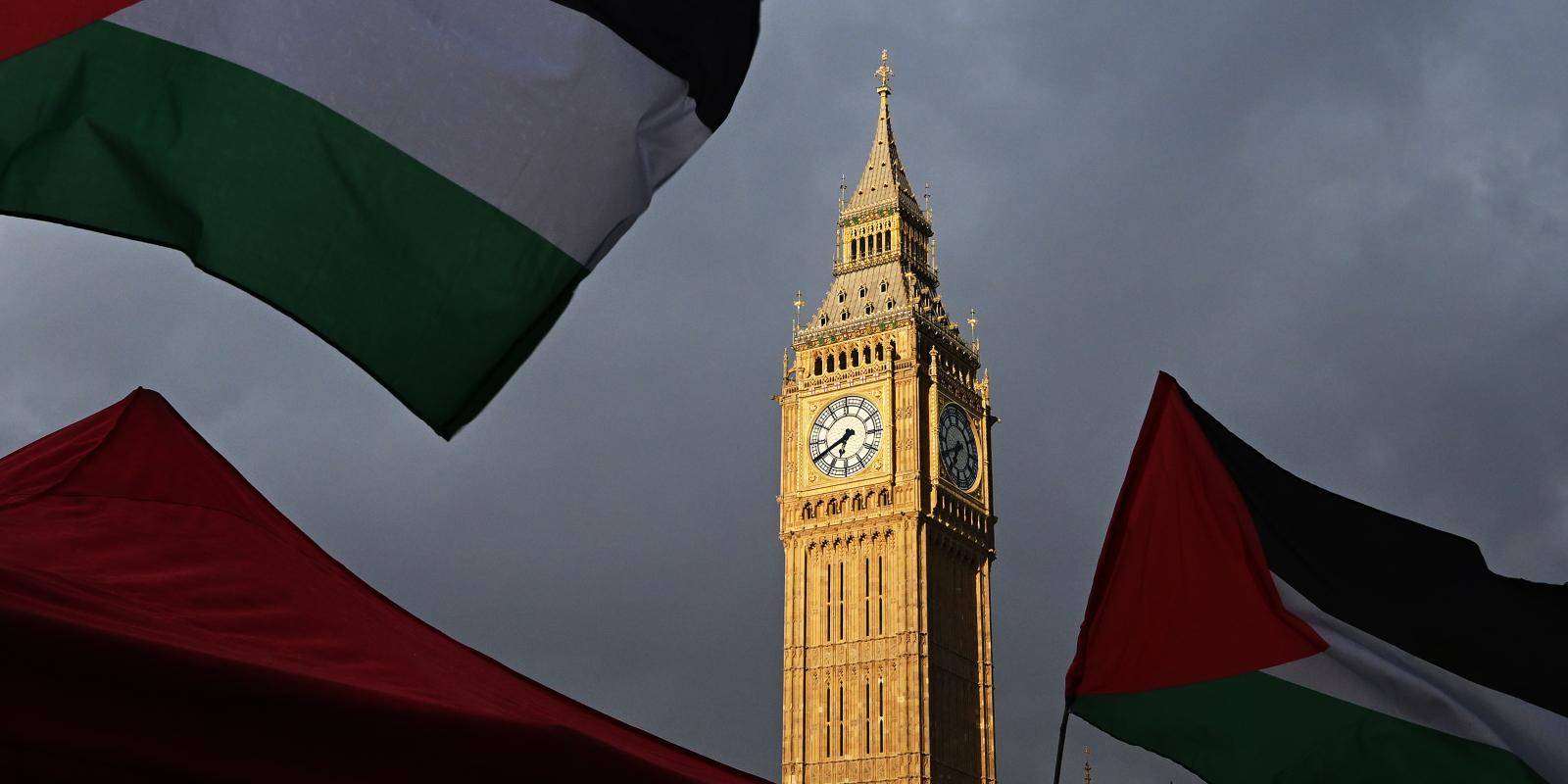Recognition and Governance of the State of Palestine (2025)
Assessing Diplomatic Recognition and Governance Challenges
Introduction
As of September 22, 2025, the State of Palestine is recognized by 150 of 193 United Nations member states, a majority bolstered by recent recognitions on September 21, 2025, by the United Kingdom, Canada, Australia, and Portugal, following earlier moves by Spain, Norway, Ireland, and others in 2024. Major holdouts include the United States and Israel, amid ongoing geopolitical tensions. The Palestinian Authority (PA), established under the 1994 Oslo Accords, operates as an interim self-governing body with limited sovereignty due to Israeli occupation, internal divisions, and lack of elections. This webpage examines Palestine’s recognition status, government structure, territorial management, and the challenges undermining its statehood, reflecting the current situation as of September 2025.[1][2]
Recognition Status
The State of Palestine has been recognized by 150 UN member states, achieving a significant milestone with recent endorsements by the UK, Canada, Australia, and Portugal on September 21, 2025.[1] This follows recognitions by Spain, Norway, Ireland, and others in 2024, reflecting growing international support amid the Gaza war and Israeli occupation.[3] However, the US, Israel, and several Western allies remain holdouts, citing security concerns and the need for negotiated statehood, which limits Palestine’s access to full UN membership and global legitimacy.[4]
Government Structure
The Palestinian Authority (PA), officially the Palestinian National Authority (PNA), operates as a semi-presidential republic under the Palestinian Basic Law (2002, amended 2003 and 2005). It comprises three branches—executive, legislative, and judicial—but faces constraints due to occupation and internal divisions.[5]
Executive Branch
- President: Mahmoud Abbas (Fatah), serving since January 2005 as PA President and PLO Chairman. His extended tenure without elections since 2005 is criticized as authoritarian by Hamas and human rights groups.[6]
- Prime Minister and Cabinet: Mohammad Mustafa (independent technocrat), appointed March 31, 2024, leads the 19th government, sworn in April 2024, following Mohammad Shtayyeh’s resignation amid Gaza war pressures. The technocratic cabinet focuses on anti-corruption, economic recovery, and unity efforts.[7]
Legislative Branch
The Palestinian Legislative Council (PLC), a 132-seat unicameral parliament, has been inactive since 2007 after Hamas’s 2006 election win led to a Fatah-Hamas split. Abbas dissolved it in 2018, ruling by decree, with no elections since, undermining legitimacy.[8] The PLO’s Palestinian Central Council acts as an interim body.[9]
Judicial Branch
An independent judiciary, including the High Constitutional Court, handles civil, criminal, and administrative cases but faces political interference and limited enforcement in occupied territories.[5]
Territorial Management and Challenges
The PA’s control is fragmented across the West Bank, Gaza, and East Jerusalem, constrained by Israeli occupation and internal divisions.
- West Bank: Divided into Areas A (18%, full PA control), B (22%, PA civil + joint security), and C (60%, Israeli control, with PA services to ~150,000 Palestinians). The PA manages municipalities, police, and services.[10]
- Gaza Strip: De jure under PA/PLO authority but de facto governed by Hamas since 2007. Reconciliation attempts (e.g., 2014) have failed.[11]
- East Jerusalem: Claimed by Palestine but annexed by Israel (unrecognized internationally); PA influence is minimal.[12]
The PA relies on international aid (EU, UN) but faces financial crises, Israeli revenue withholding, and U.S. sanctions (e.g., visa restrictions on PA/PLO officials in July 2025). Reforms in 2024–2025 target governance and anti-corruption but are hindered by divisions.[13]
Critical Assessment
The State of Palestine’s recognition by 150 UN member states marks significant diplomatic progress, but its governance structure remains fragile. The PA’s limited control over territory, lack of elections, and reliance on aid undermine its legitimacy and functionality. Abbas’s prolonged rule and the Fatah-Hamas split exacerbate perceptions of an unelected, unsupported authority. With most areas under Israeli or Hamas control, Palestine lacks a cohesive, independent state structure, making statehood more symbolic than practical.[6][8]
Conclusion
The State of Palestine’s recognition by 150 UN member states as of September 2025 reflects growing global support, but its governance under the PA is hampered by limited sovereignty, internal divisions, and external constraints. The absence of elections, territorial fragmentation, and financial dependence highlight a lack of a physical, independent state structure, with public support eroded by unelected leadership. Future progress hinges on resolving Fatah-Hamas divisions, securing economic stability, and advancing statehood negotiations. Monitor UN (https://www.un.org) and PA (https://www.pa.ps) updates for developments.[1][2]
Sources
- UK, Canada, Australia, Portugal Recognize Palestine, Al Jazeera
- Palestine Recognition Update 2025, Reuters
- Palestine Recognition 2024, BBC
- Palestine Recognition, CFR
- Palestinian Basic Law
- Palestinian Authority Governance, Human Rights Watch
- Palestinian Authority New Government 2024, Reuters
- Palestinian Governance, CFR
- Palestine Liberation Organization
- Oslo Accords, UN
- Hamas in Gaza, CFR
- Jerusalem Status, BBC
- Palestinian Authority Sanctions, Washington Post
